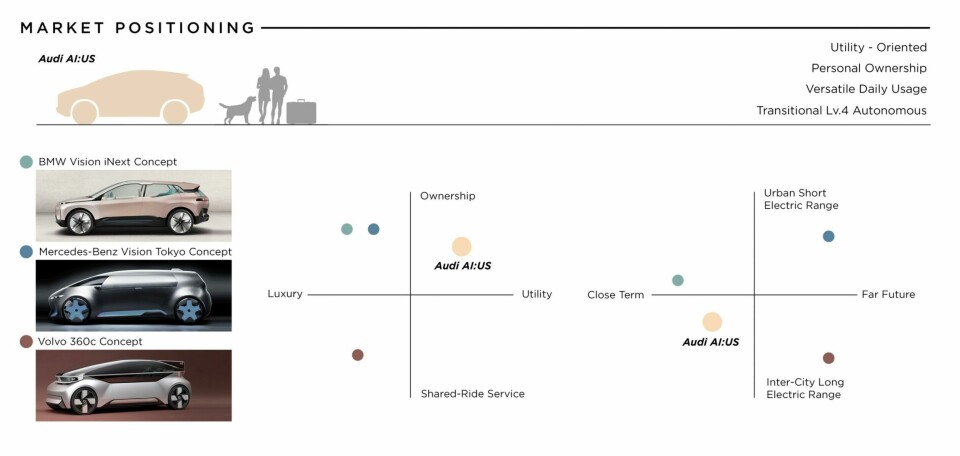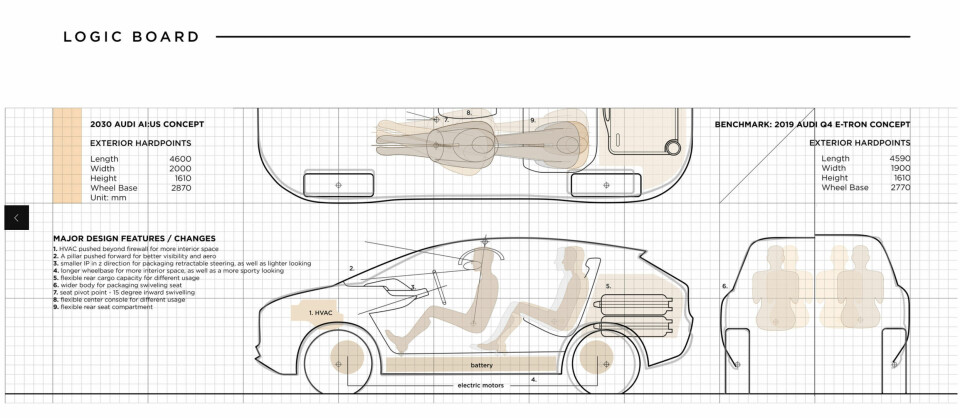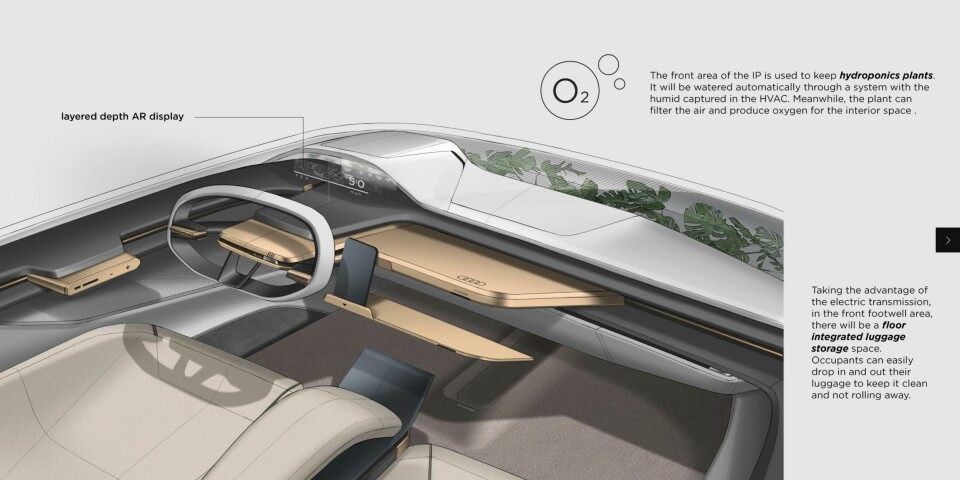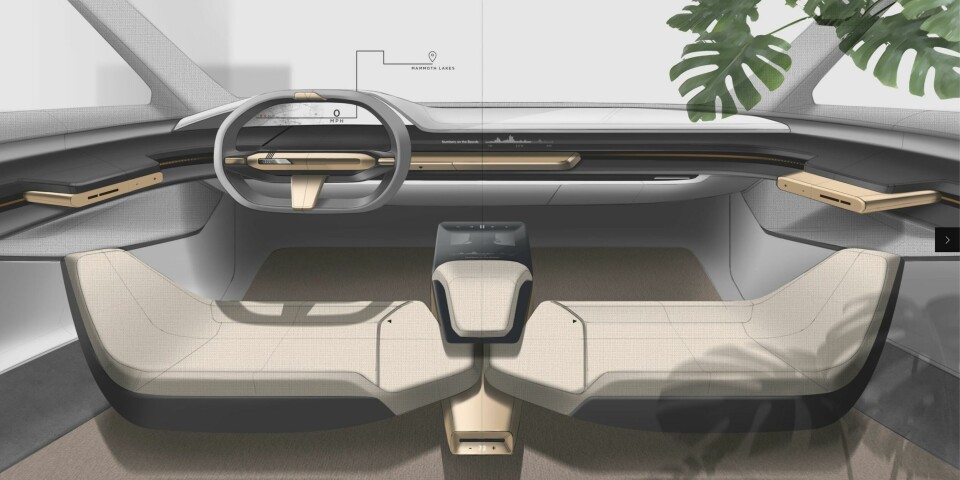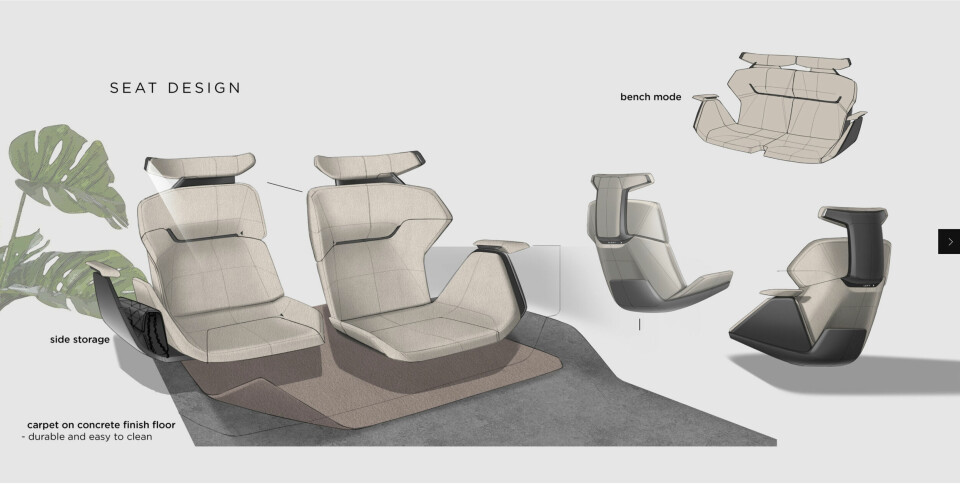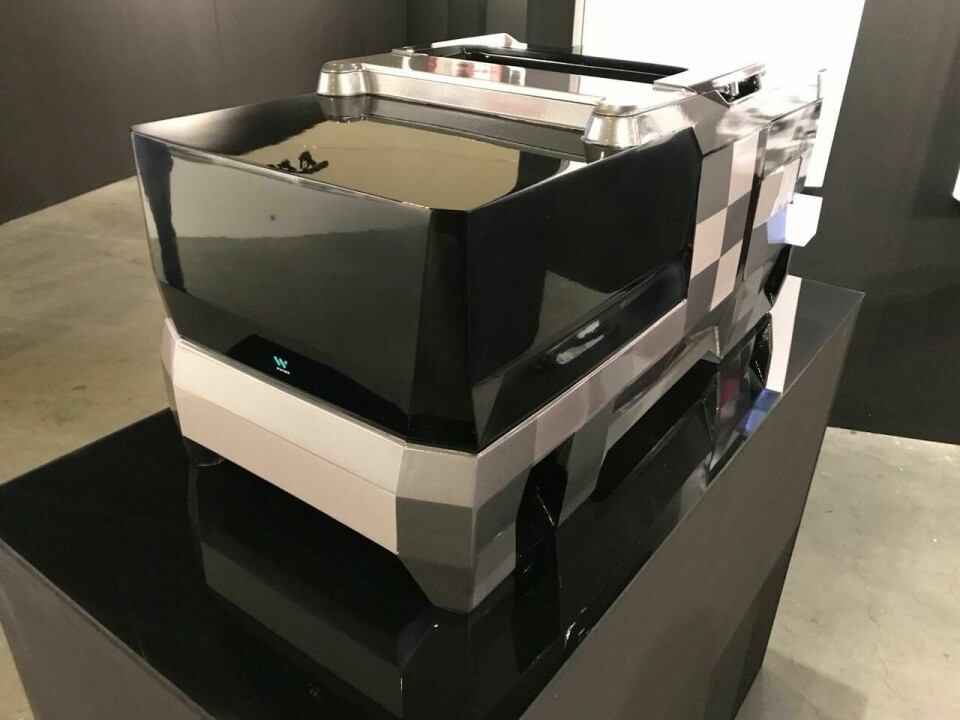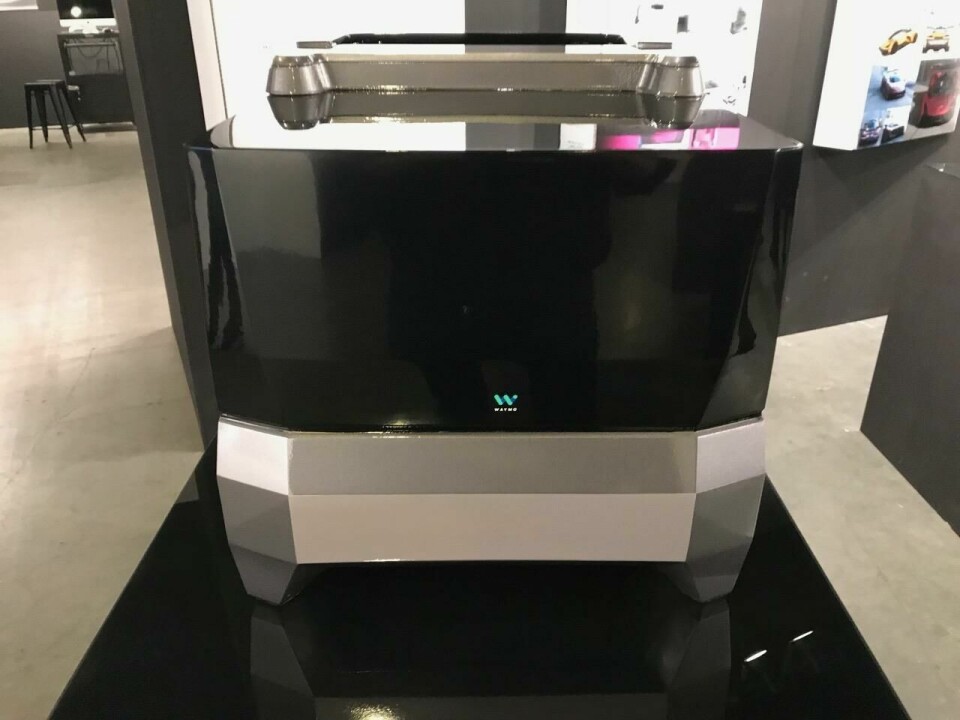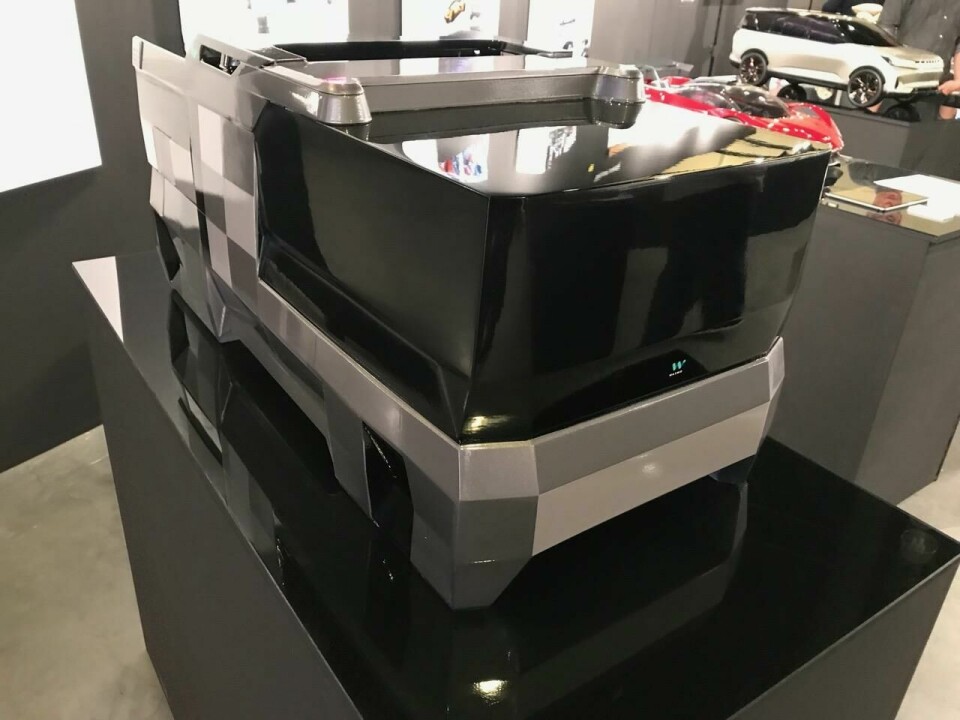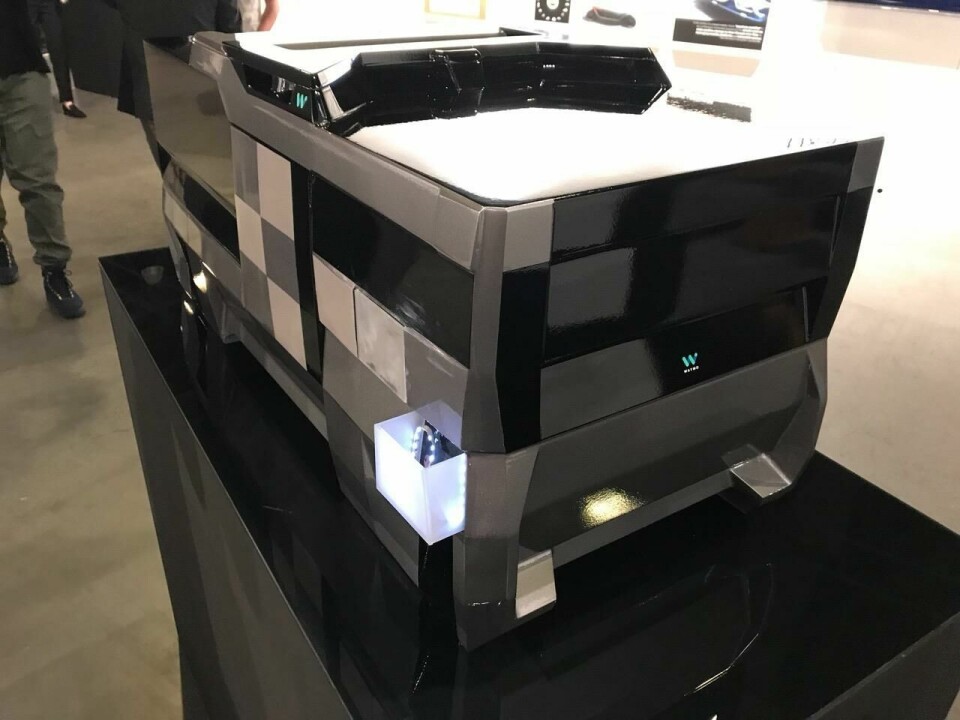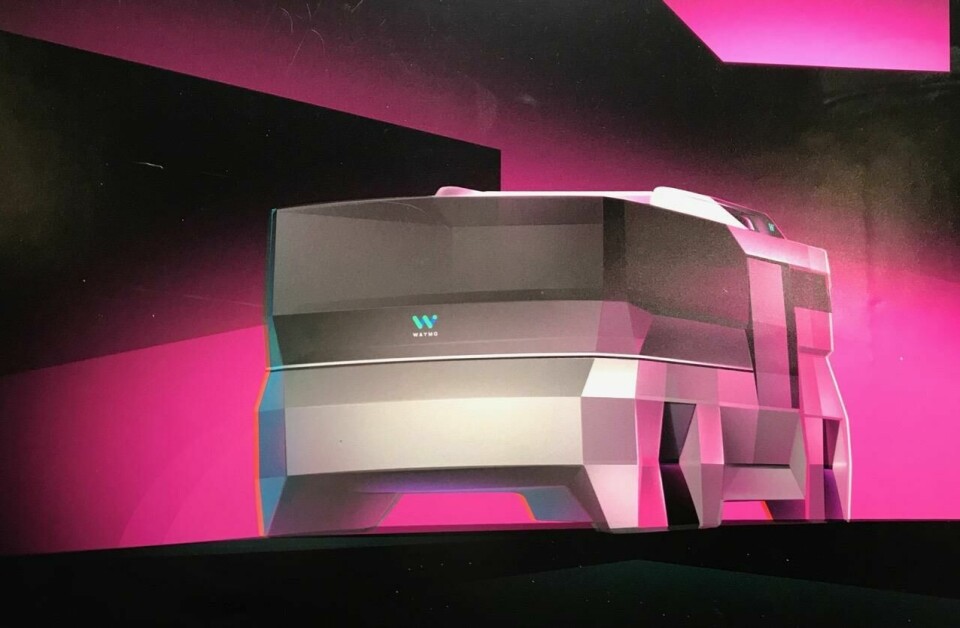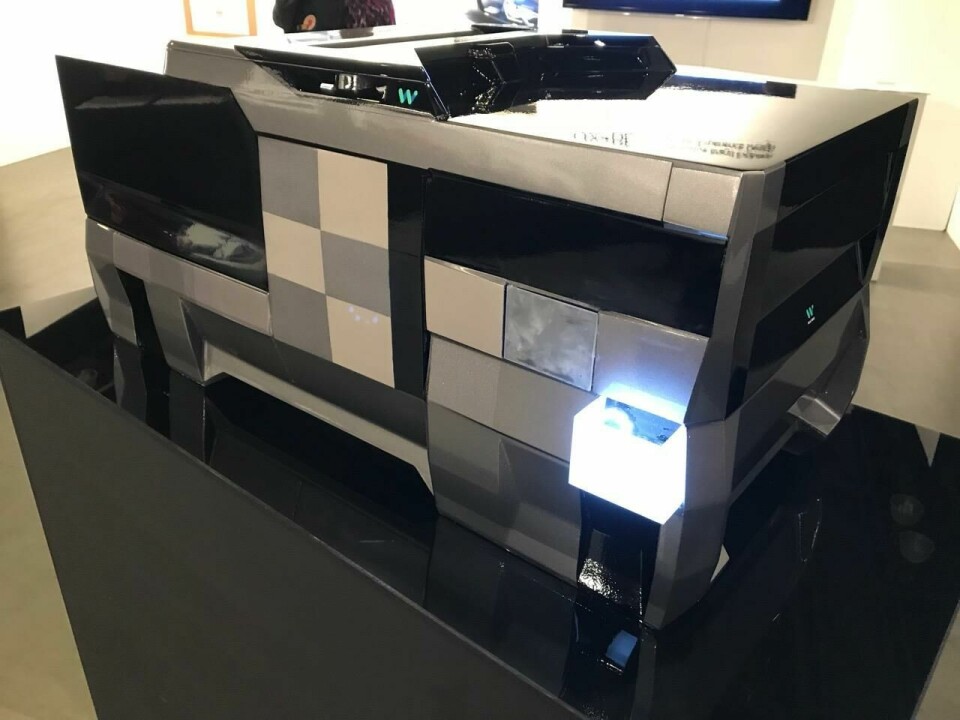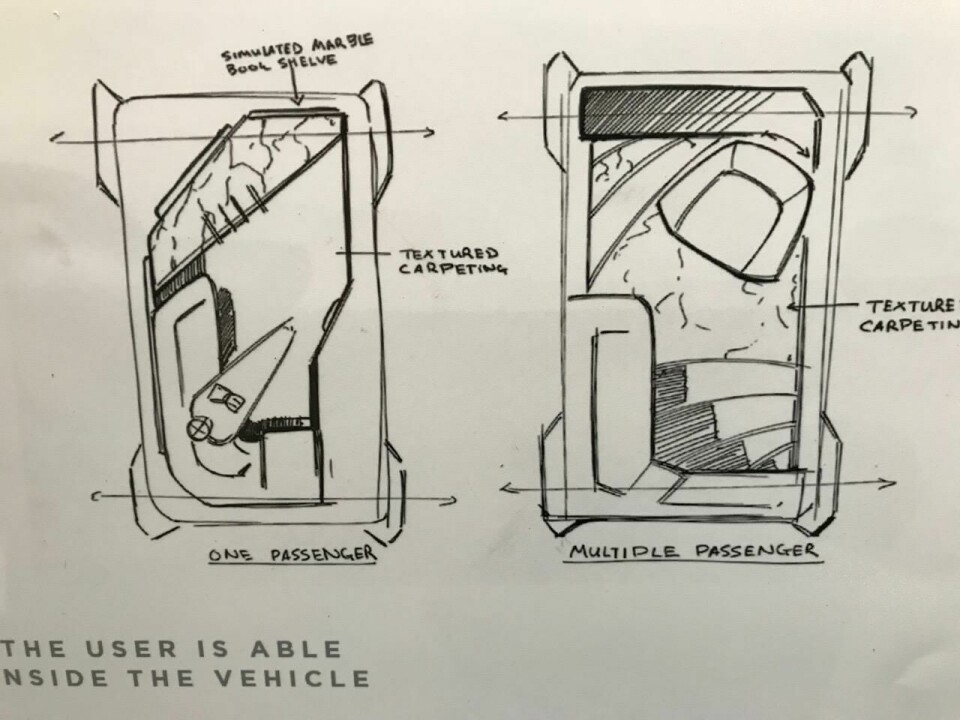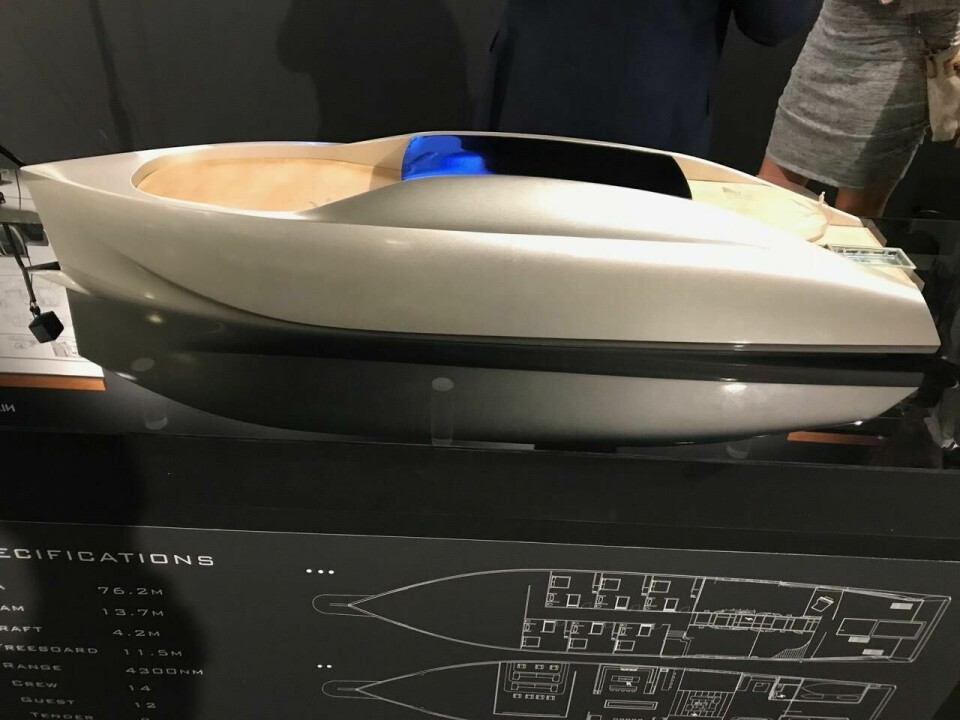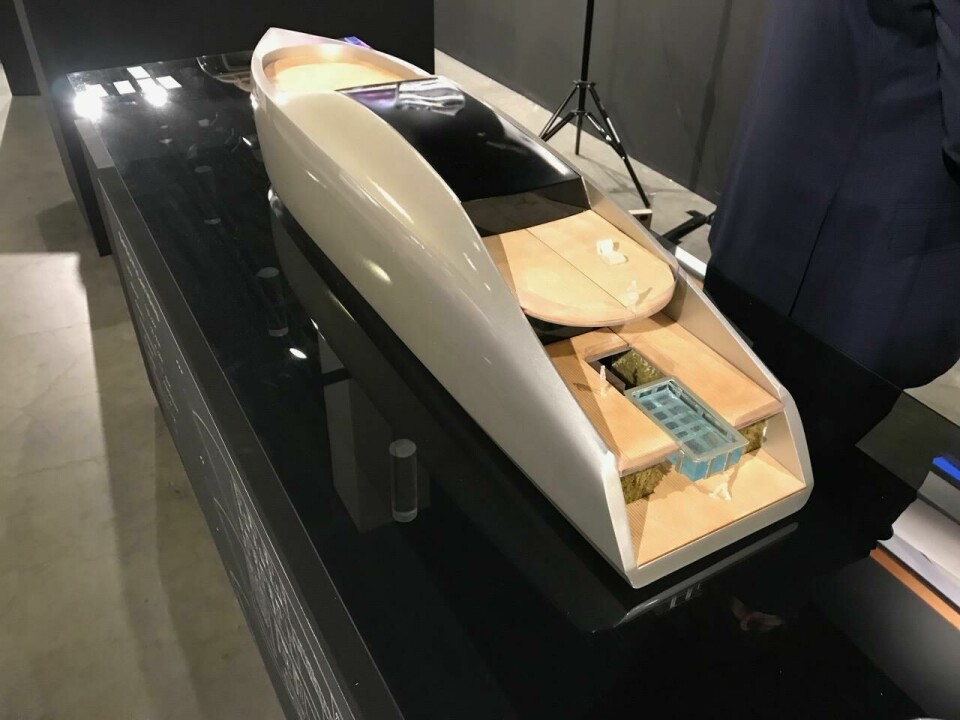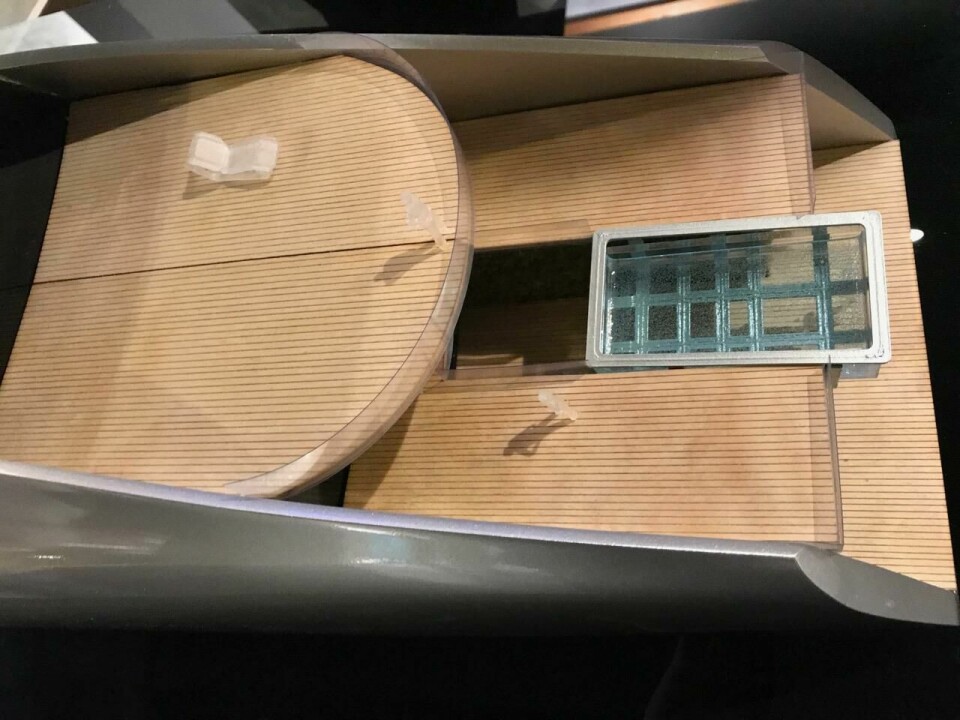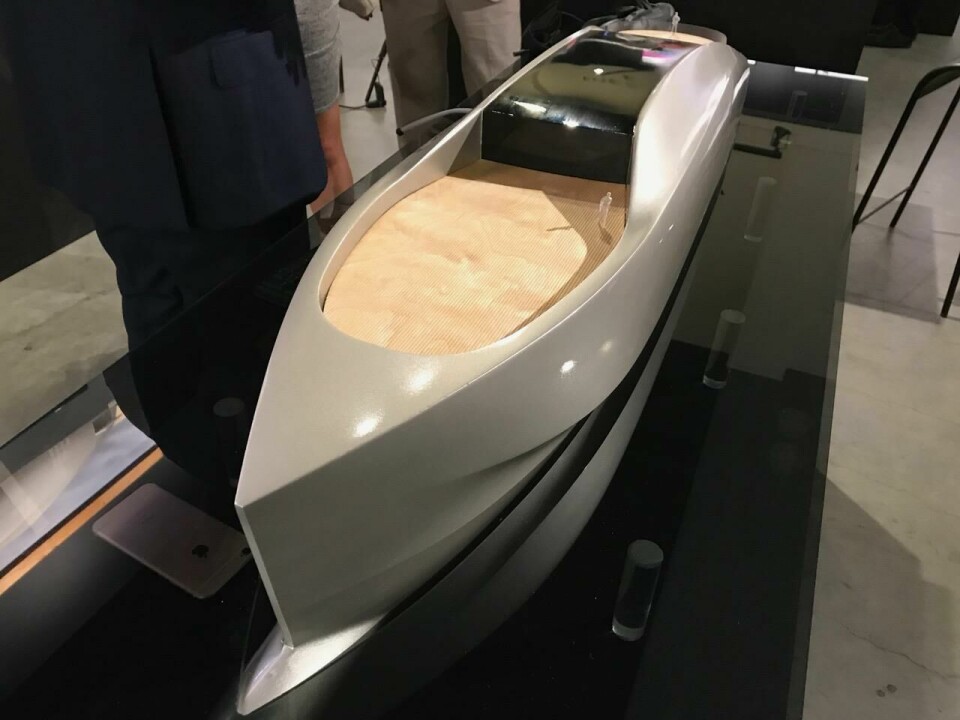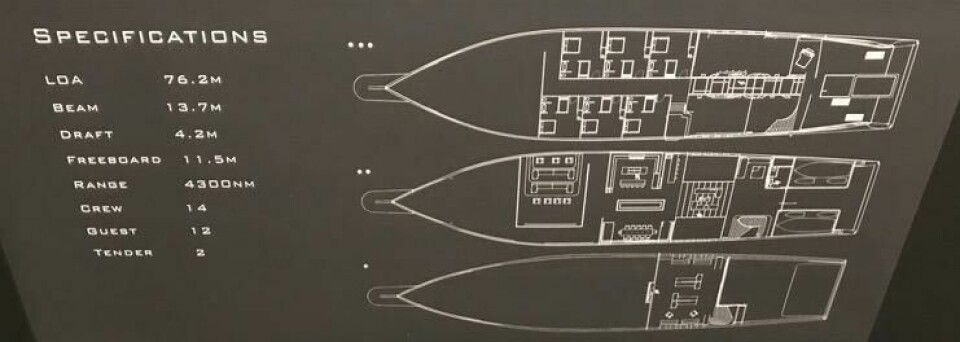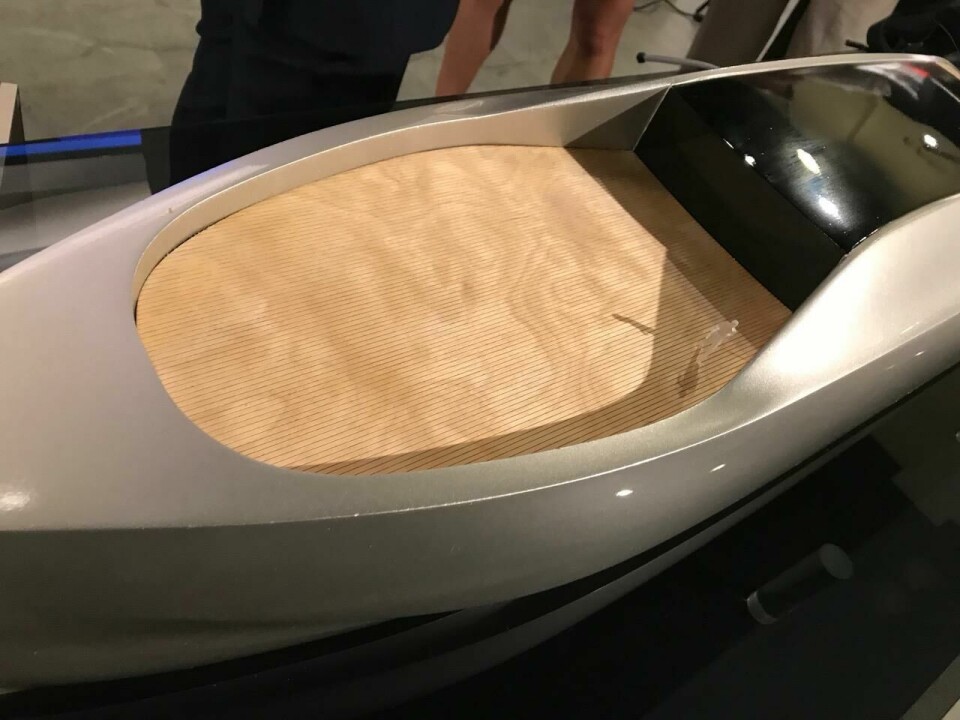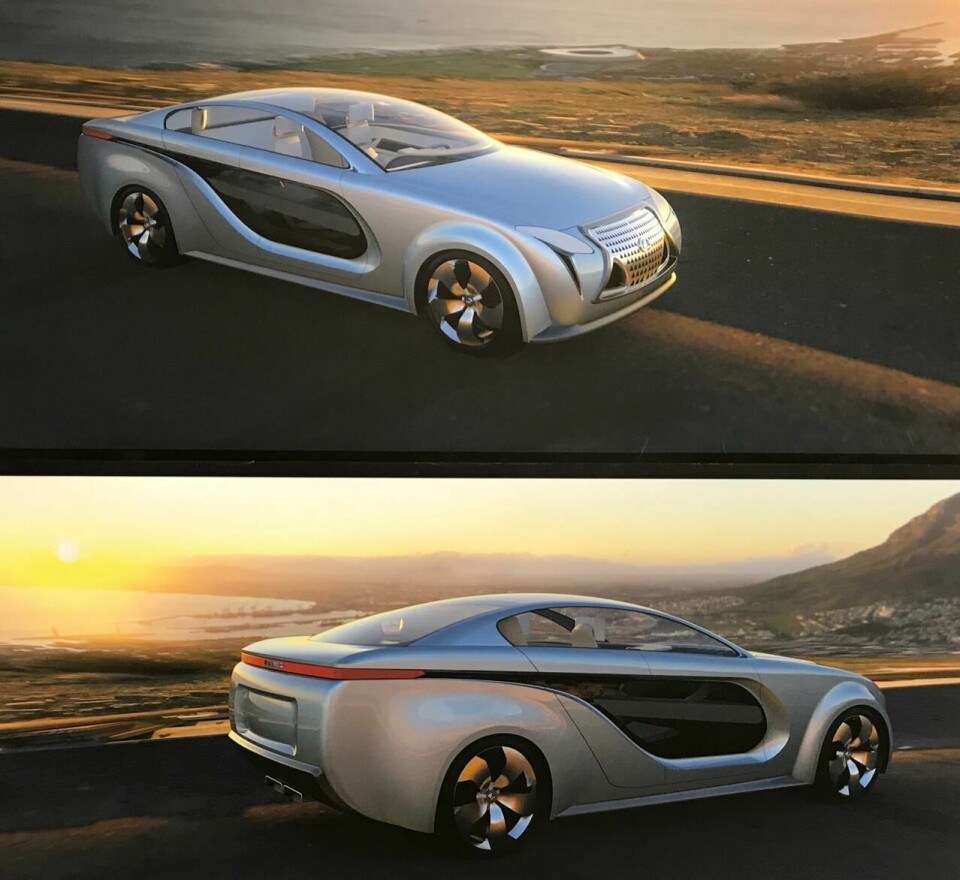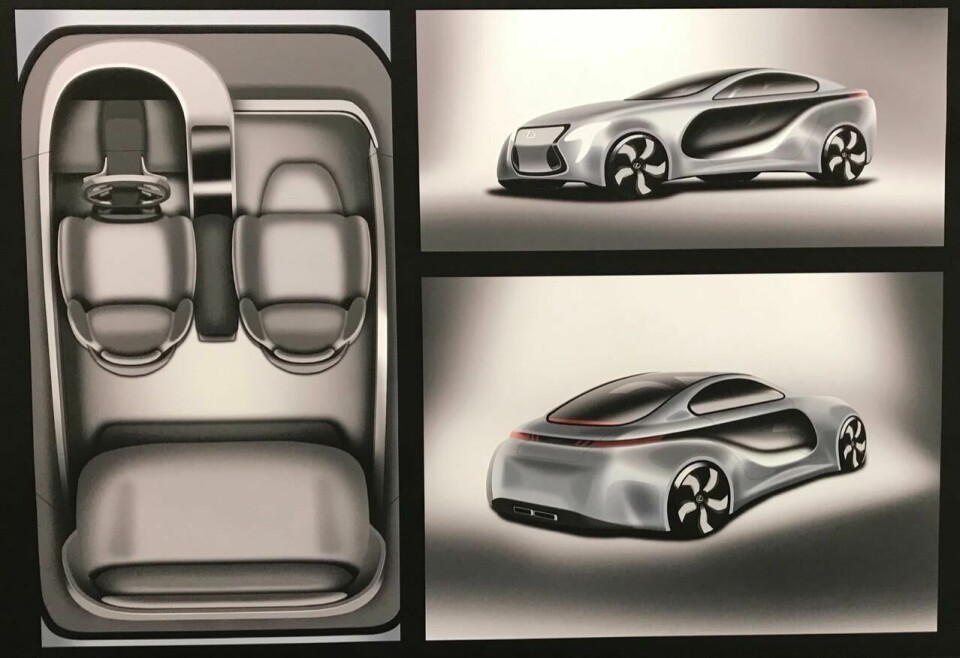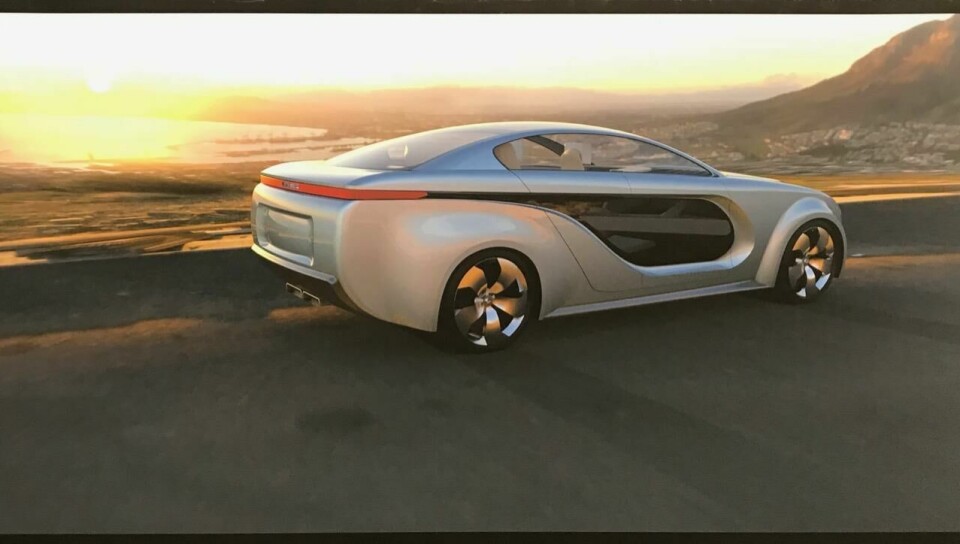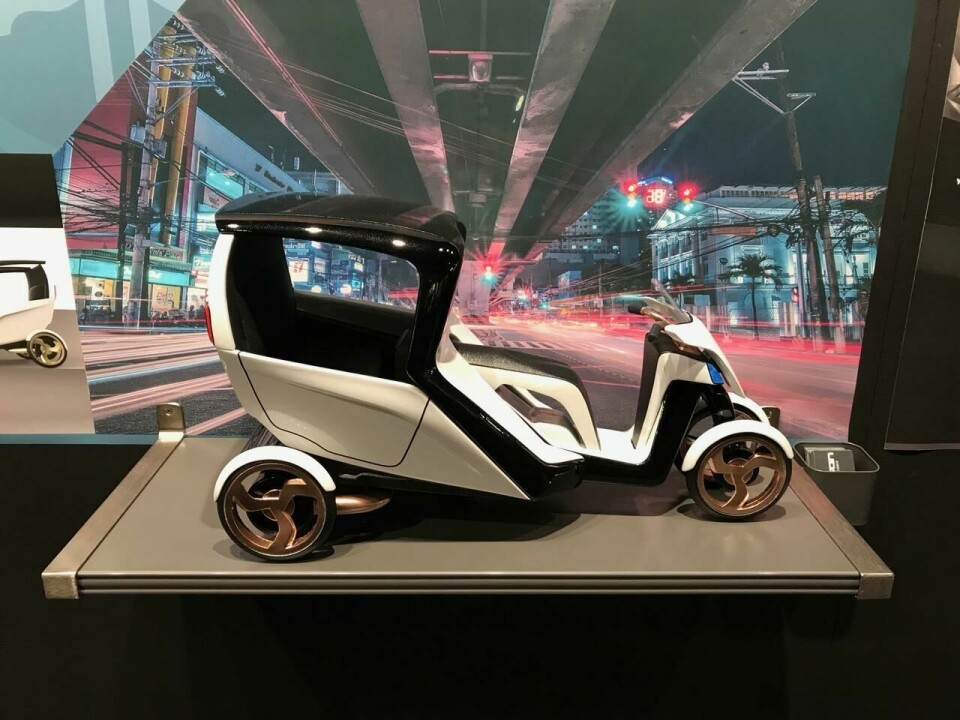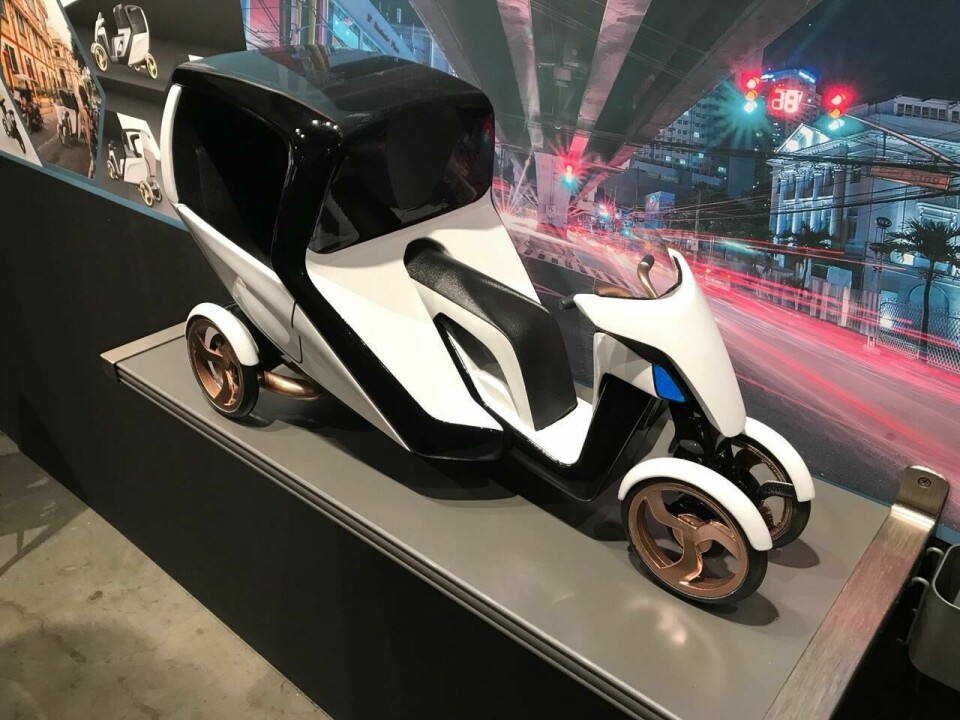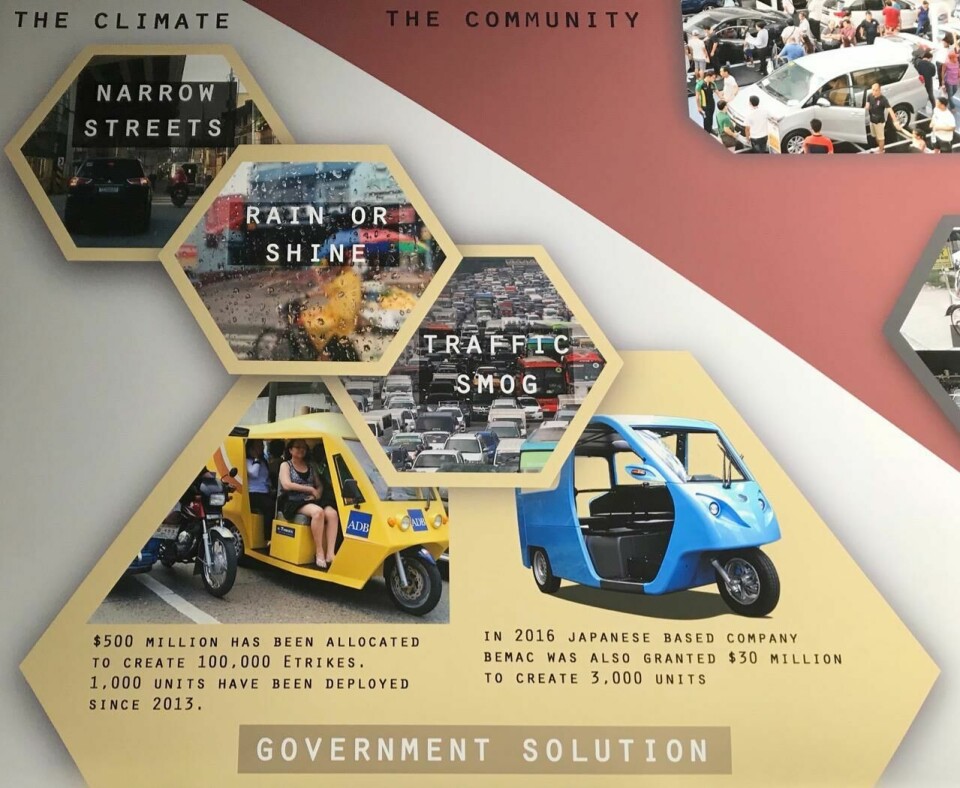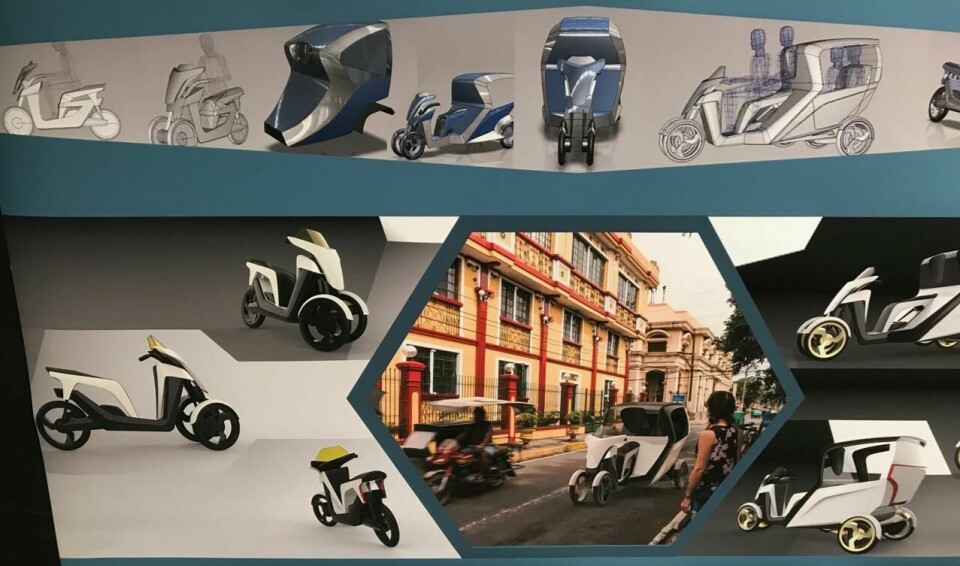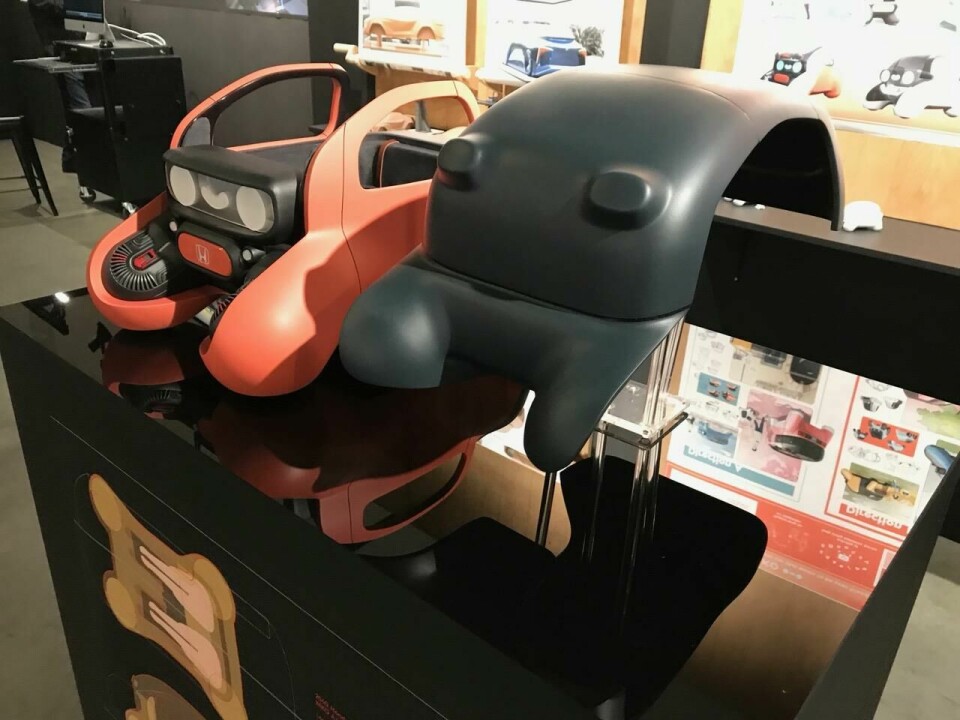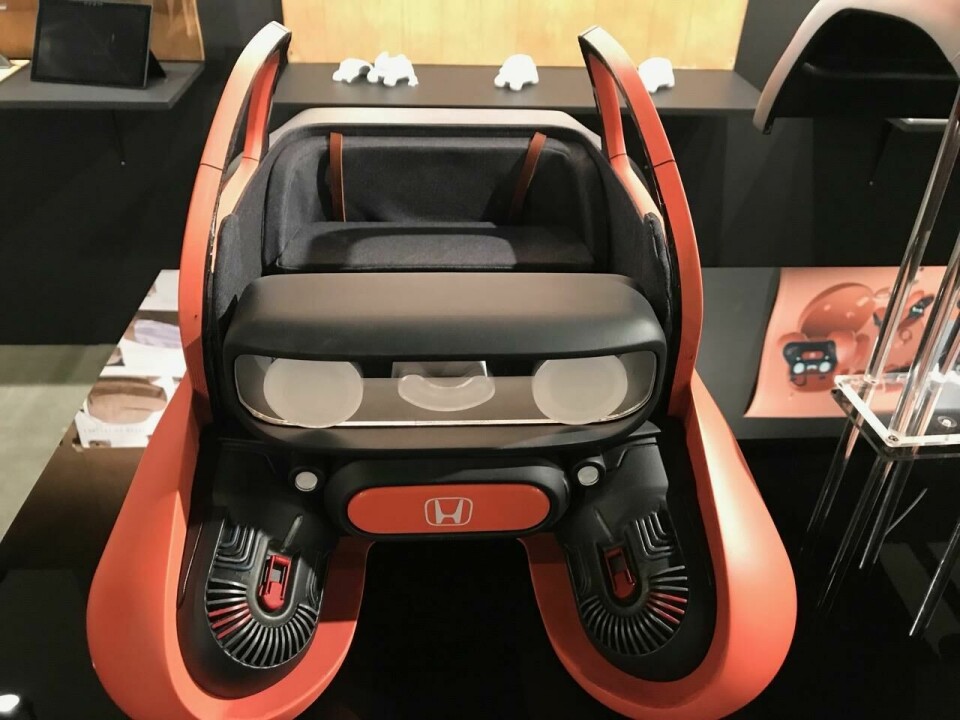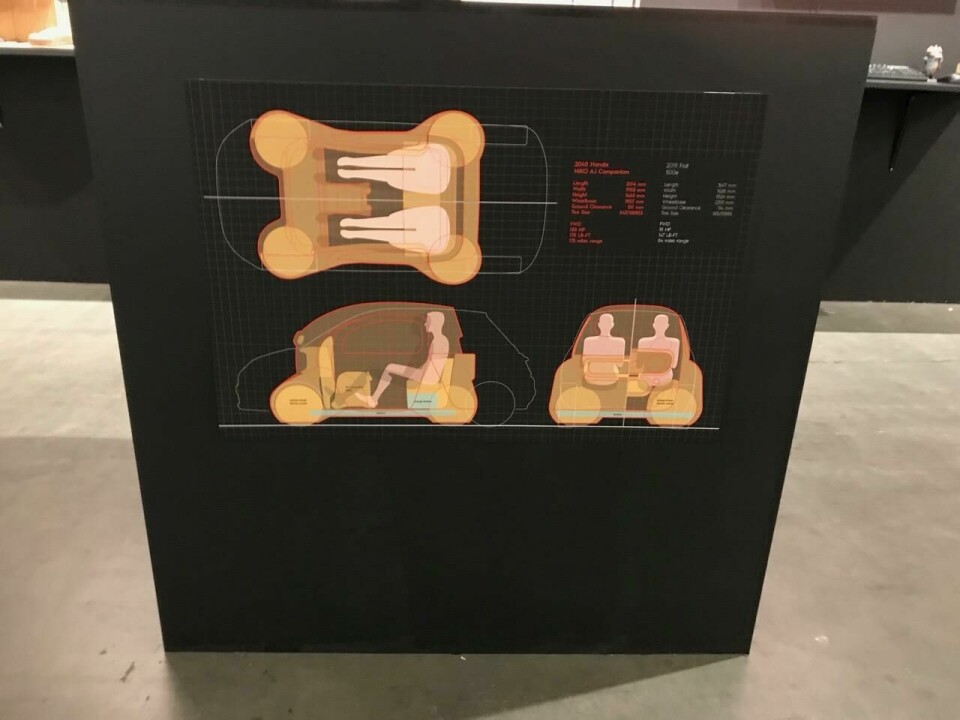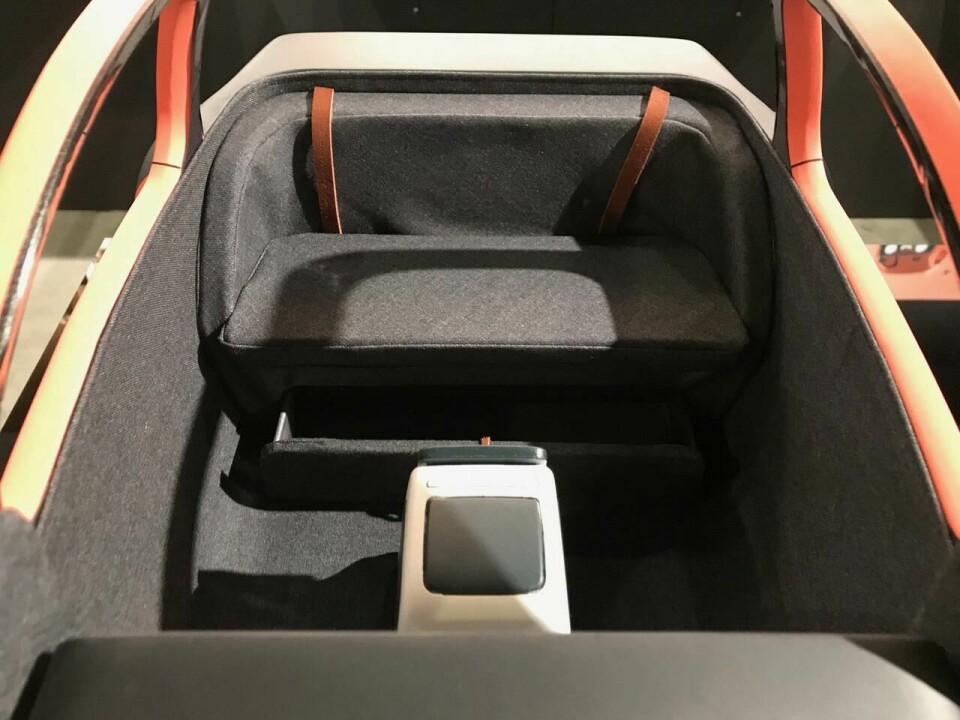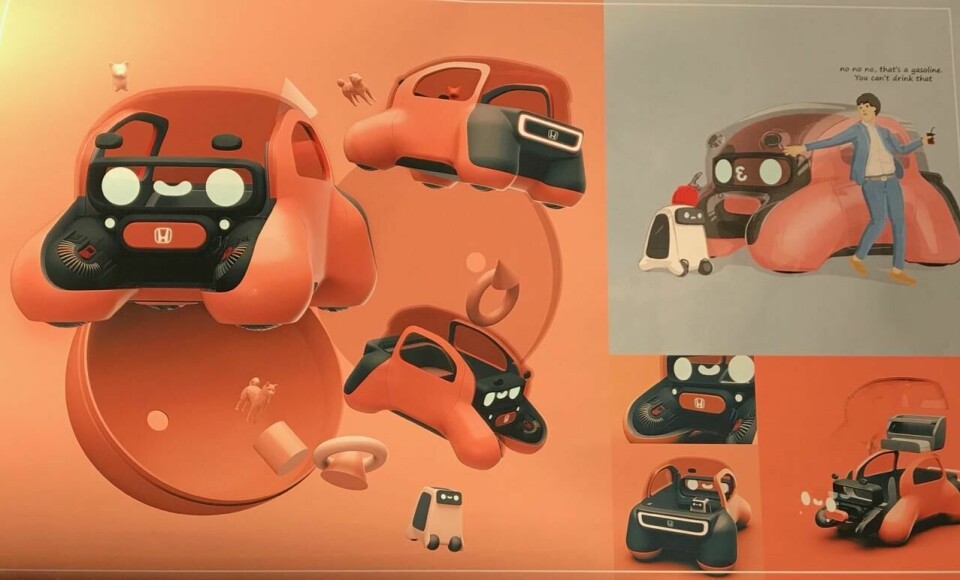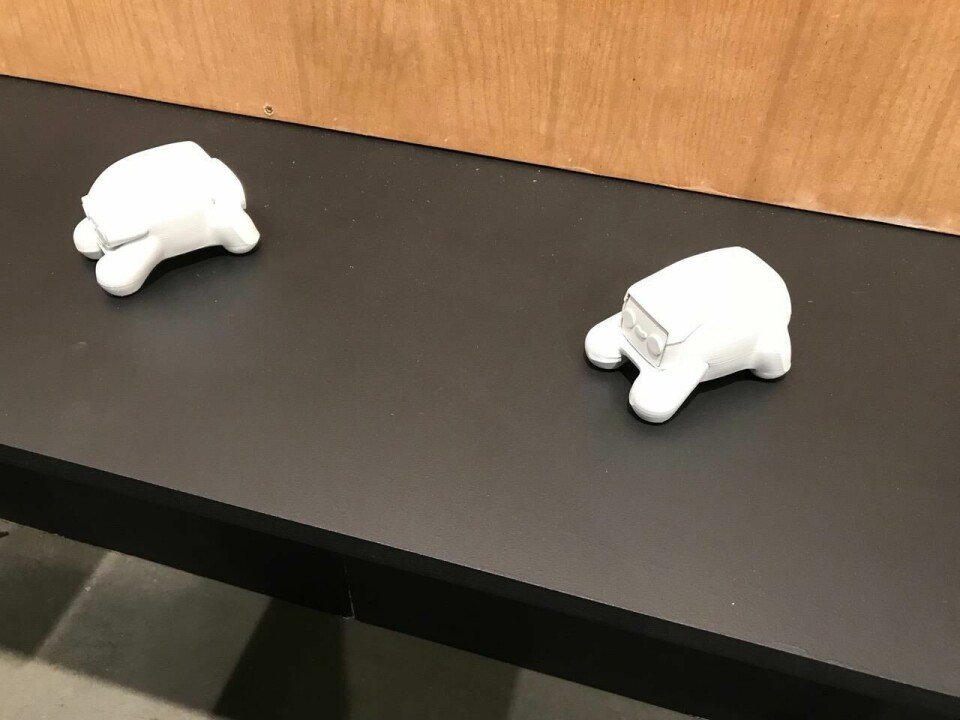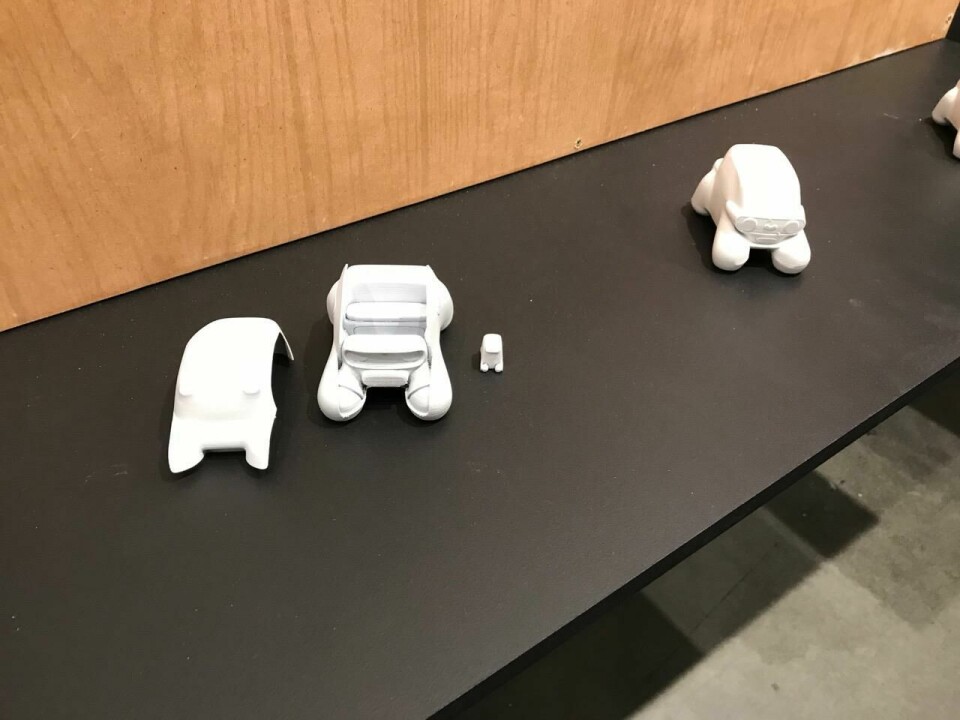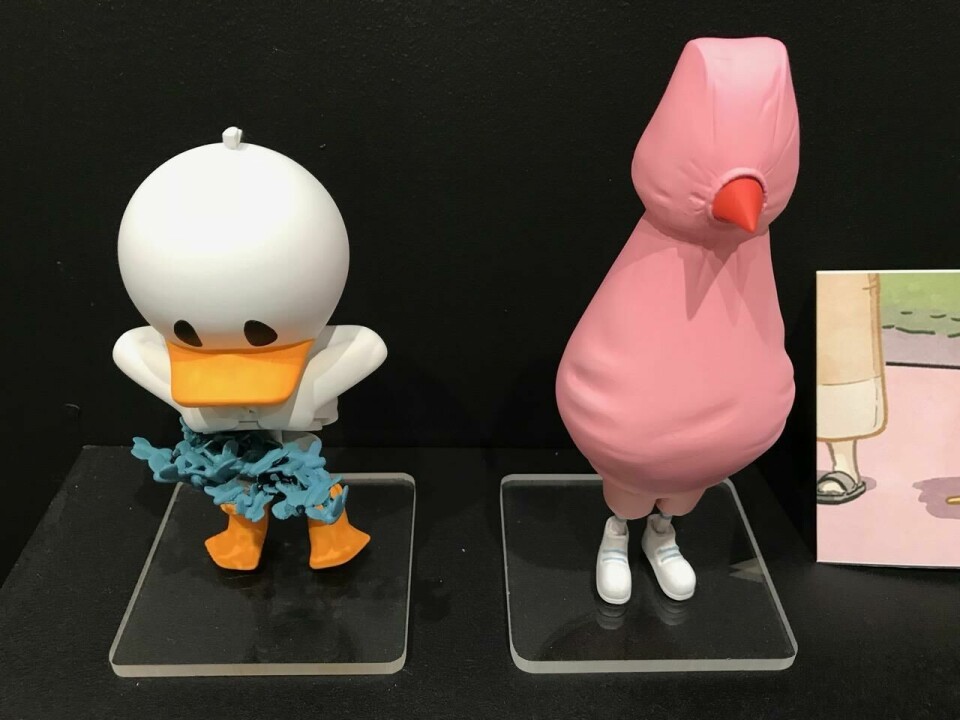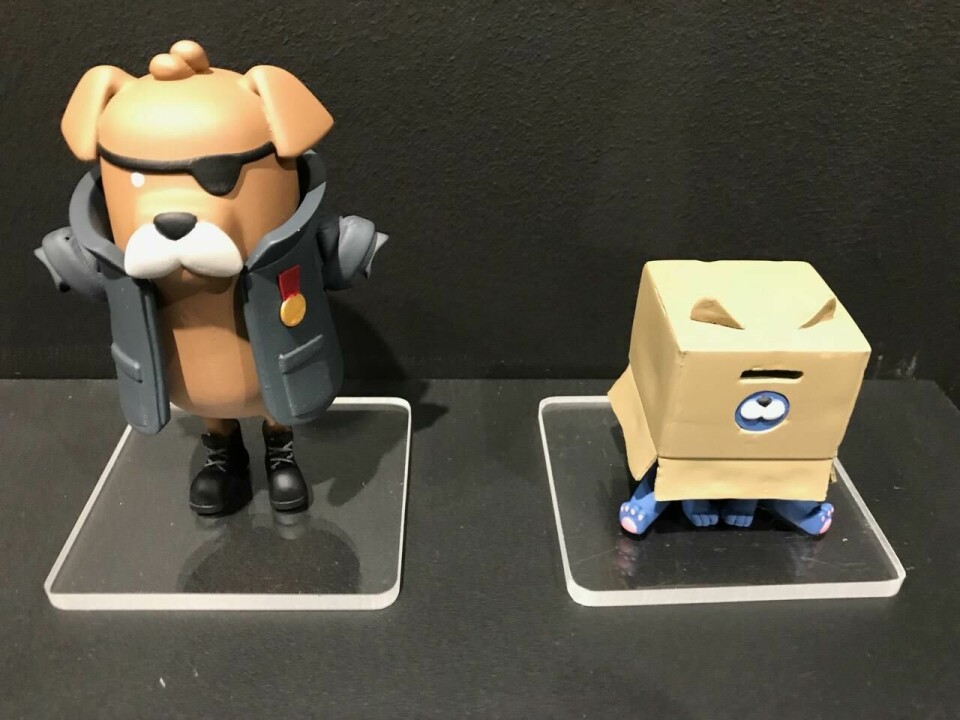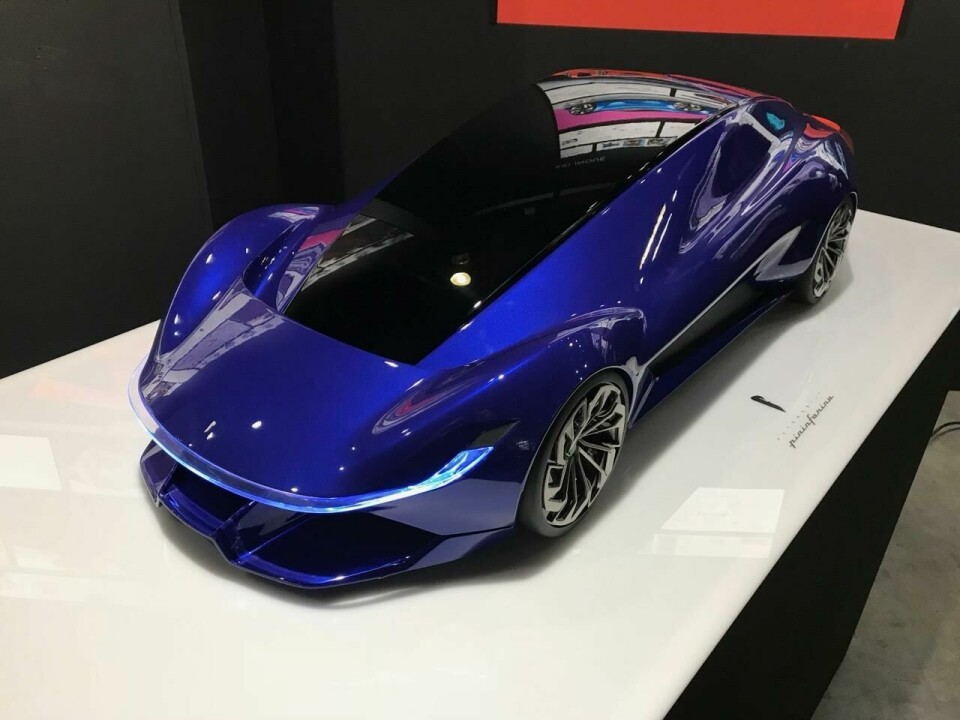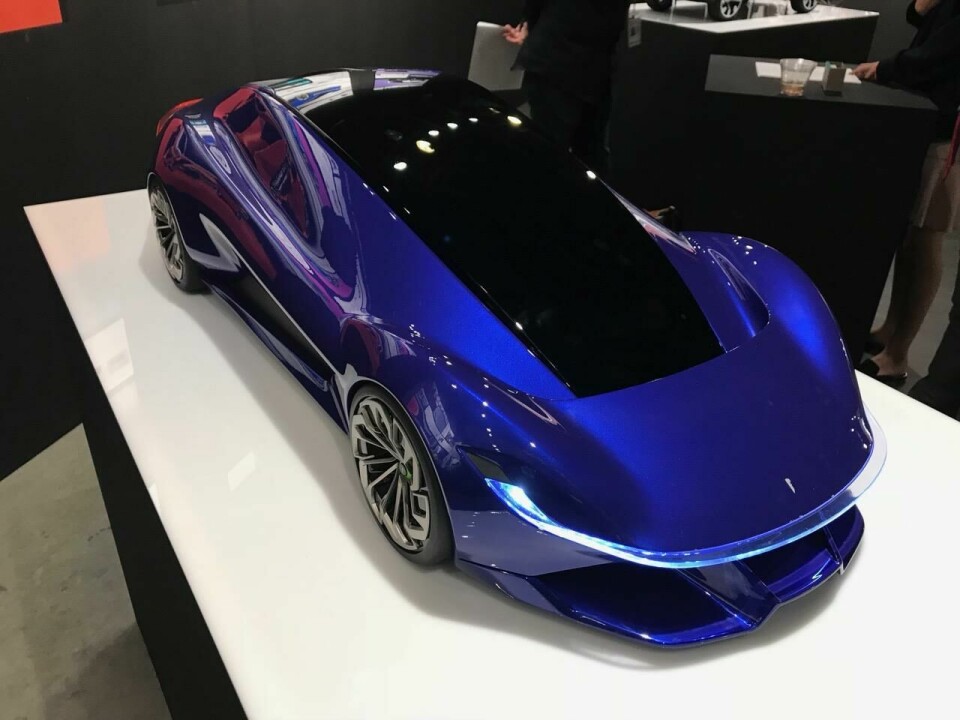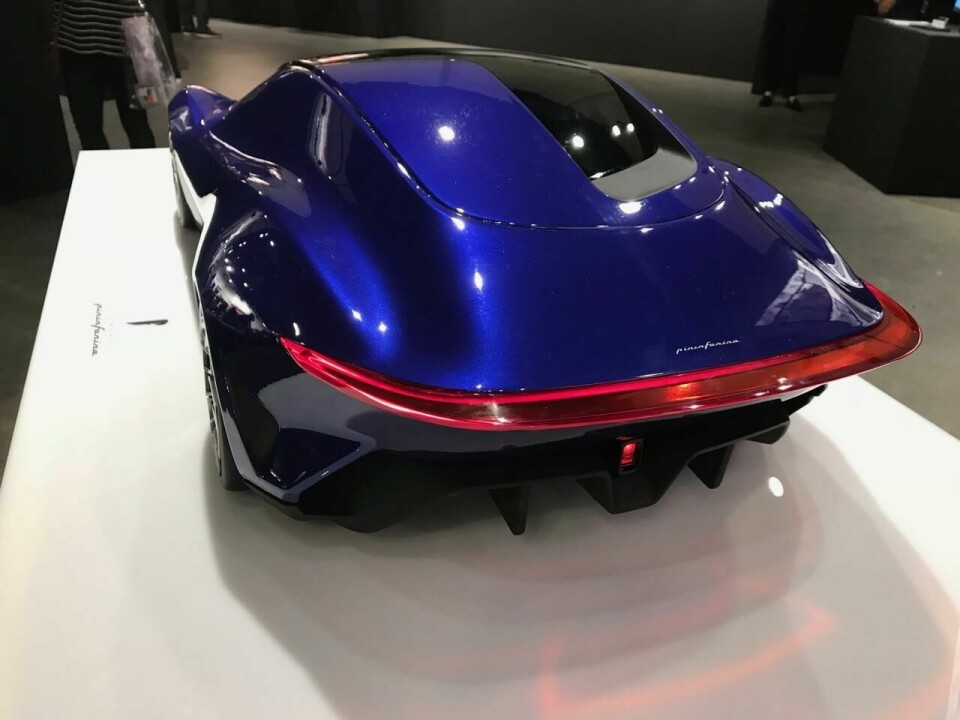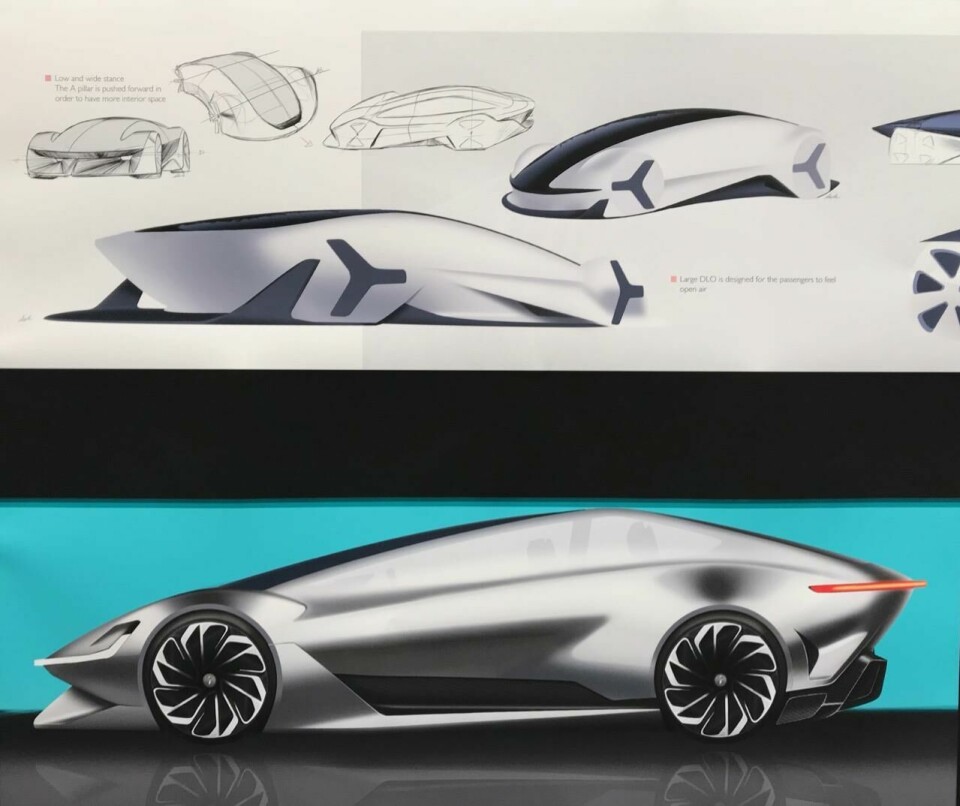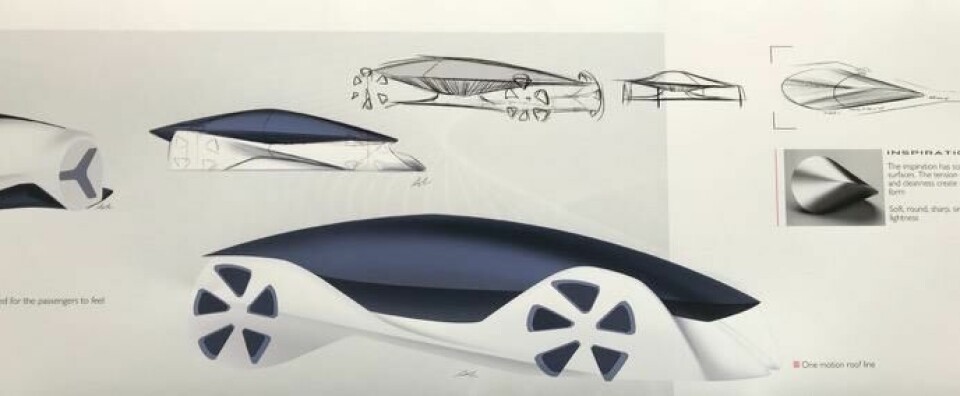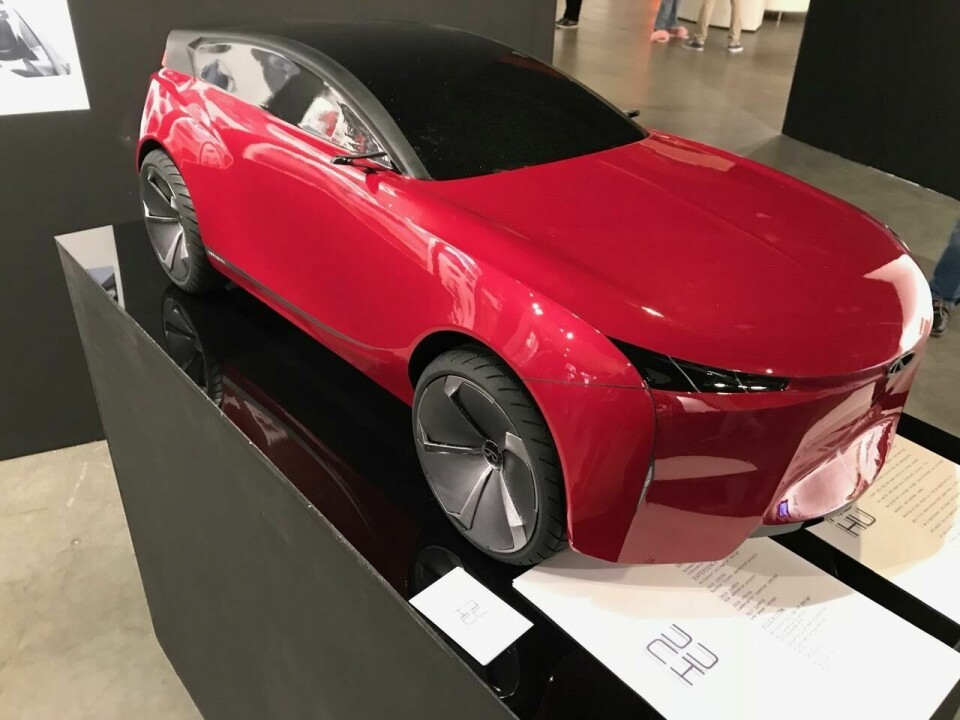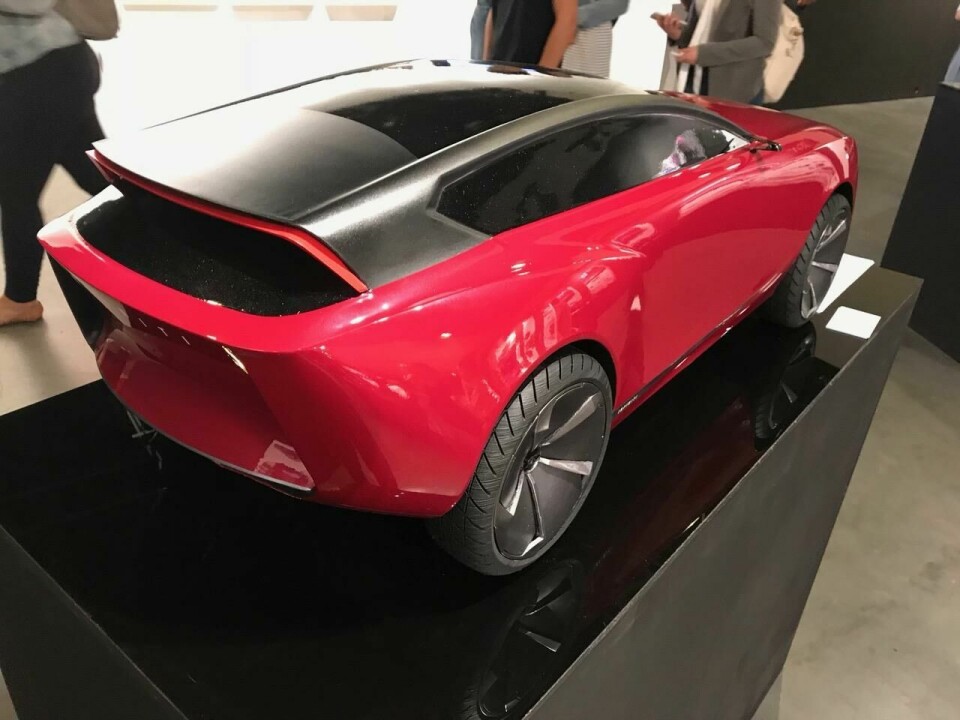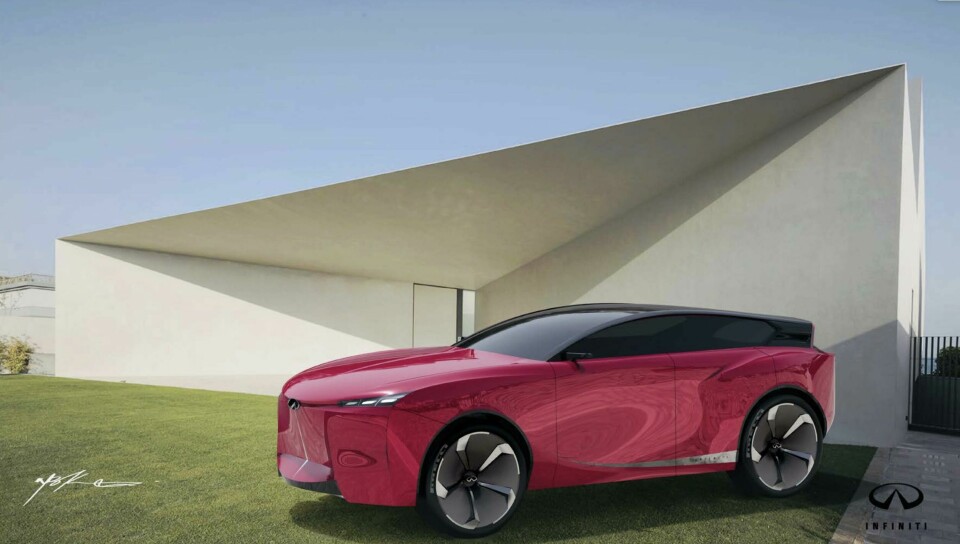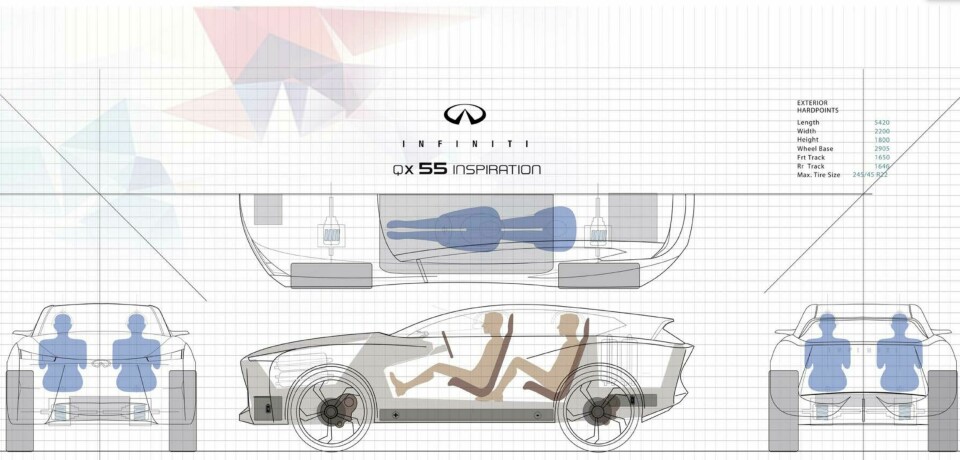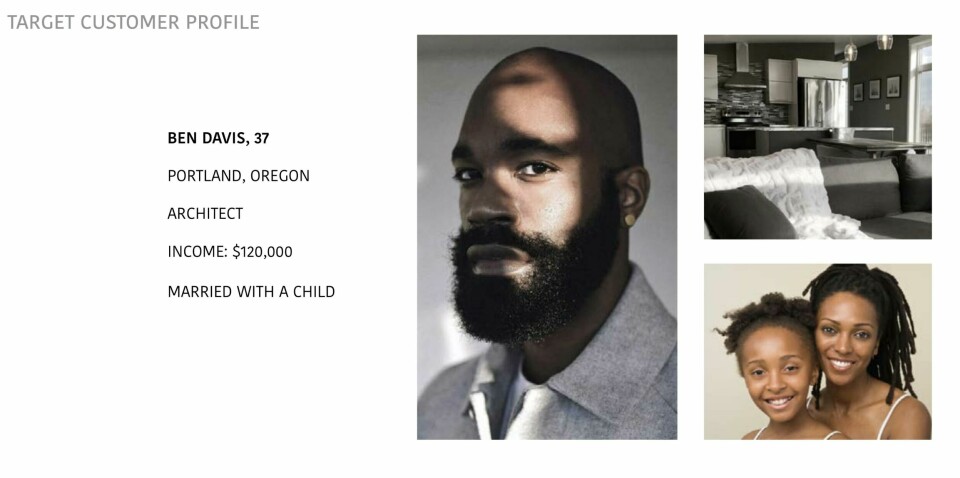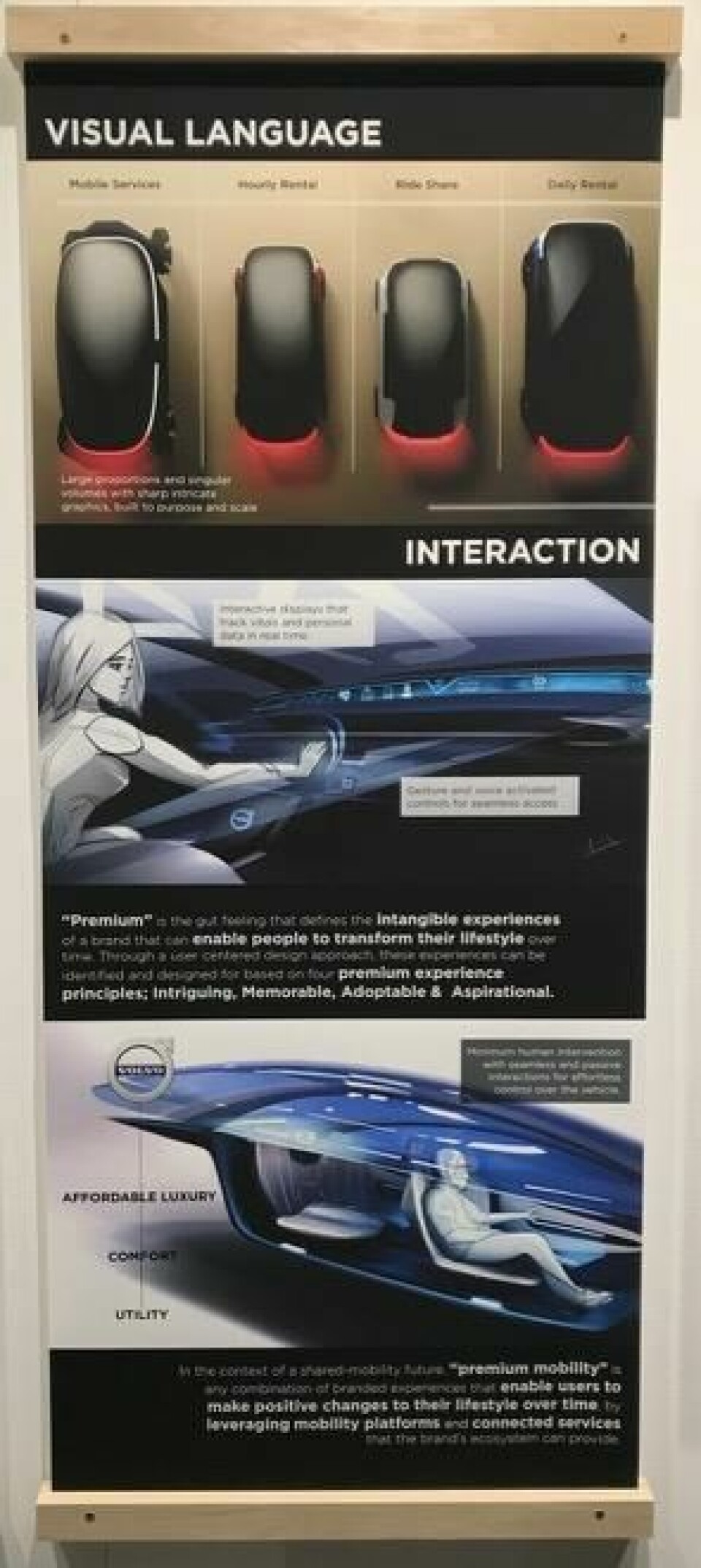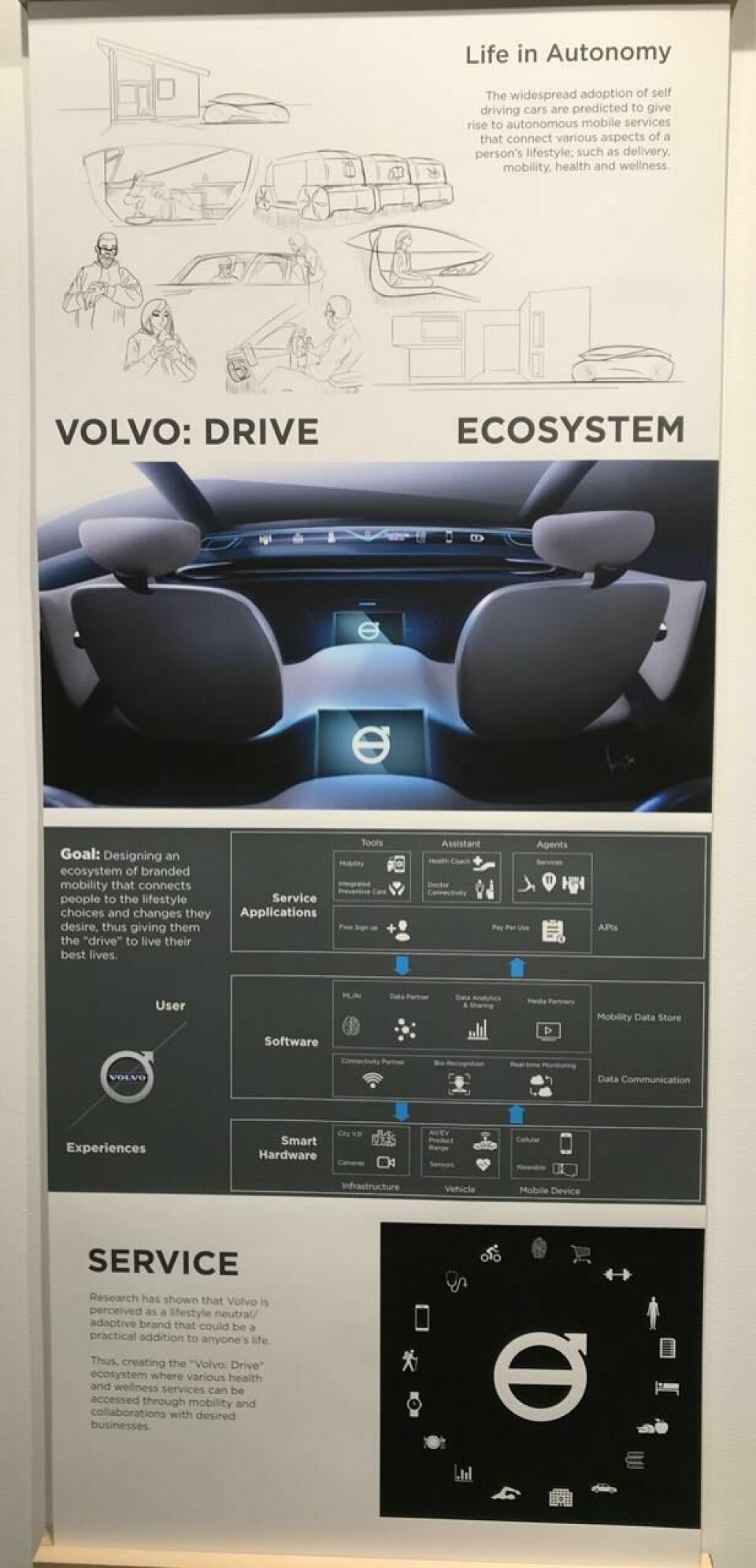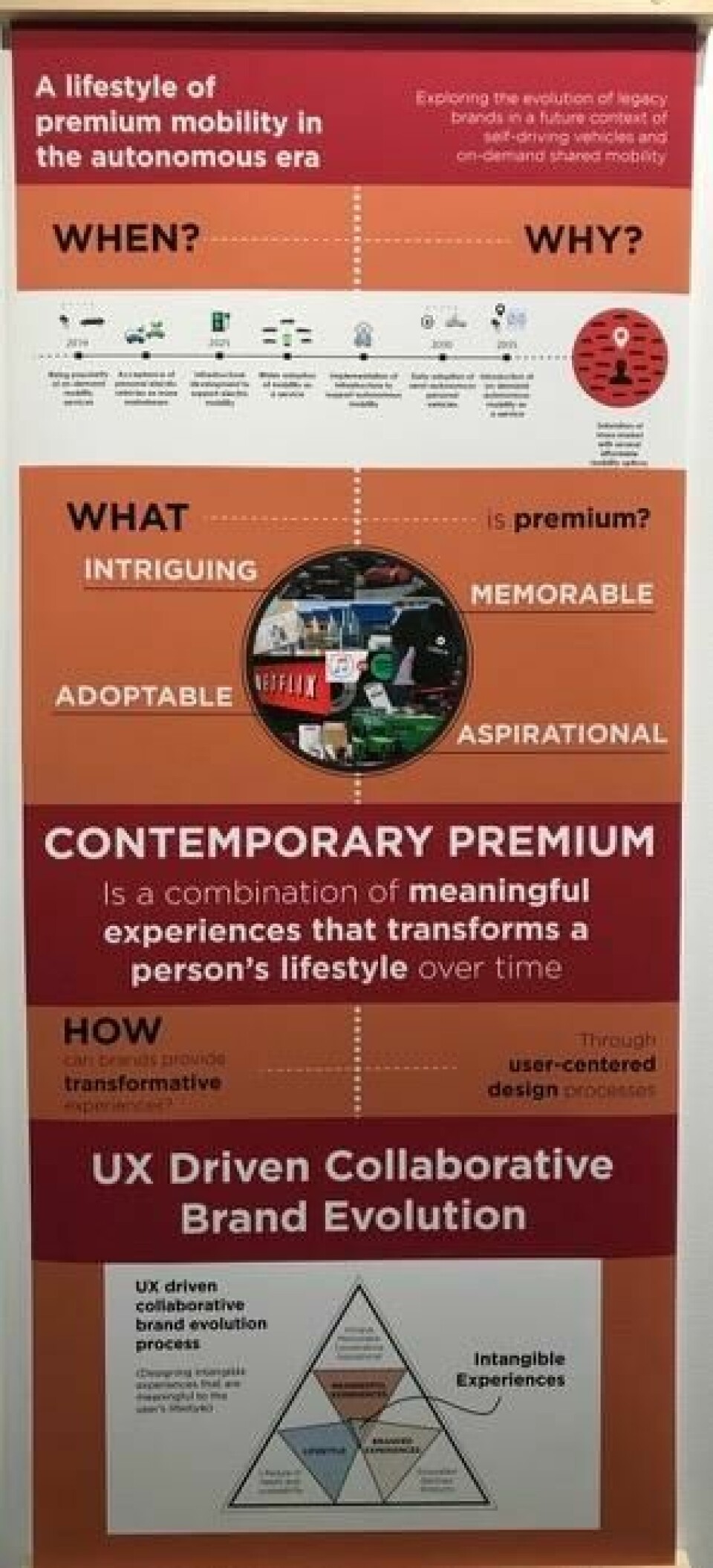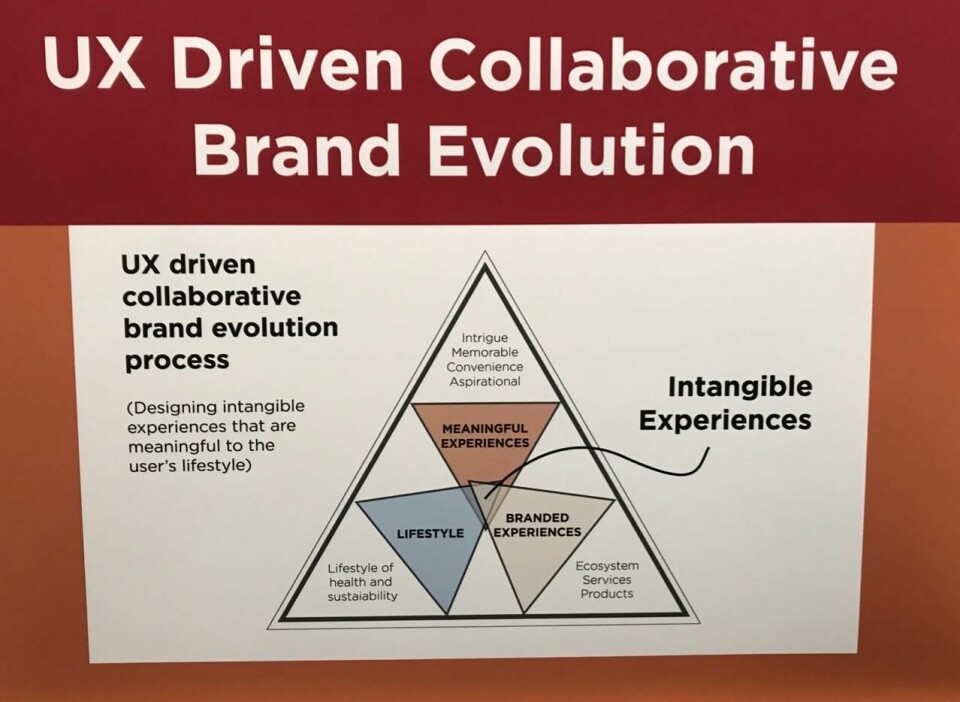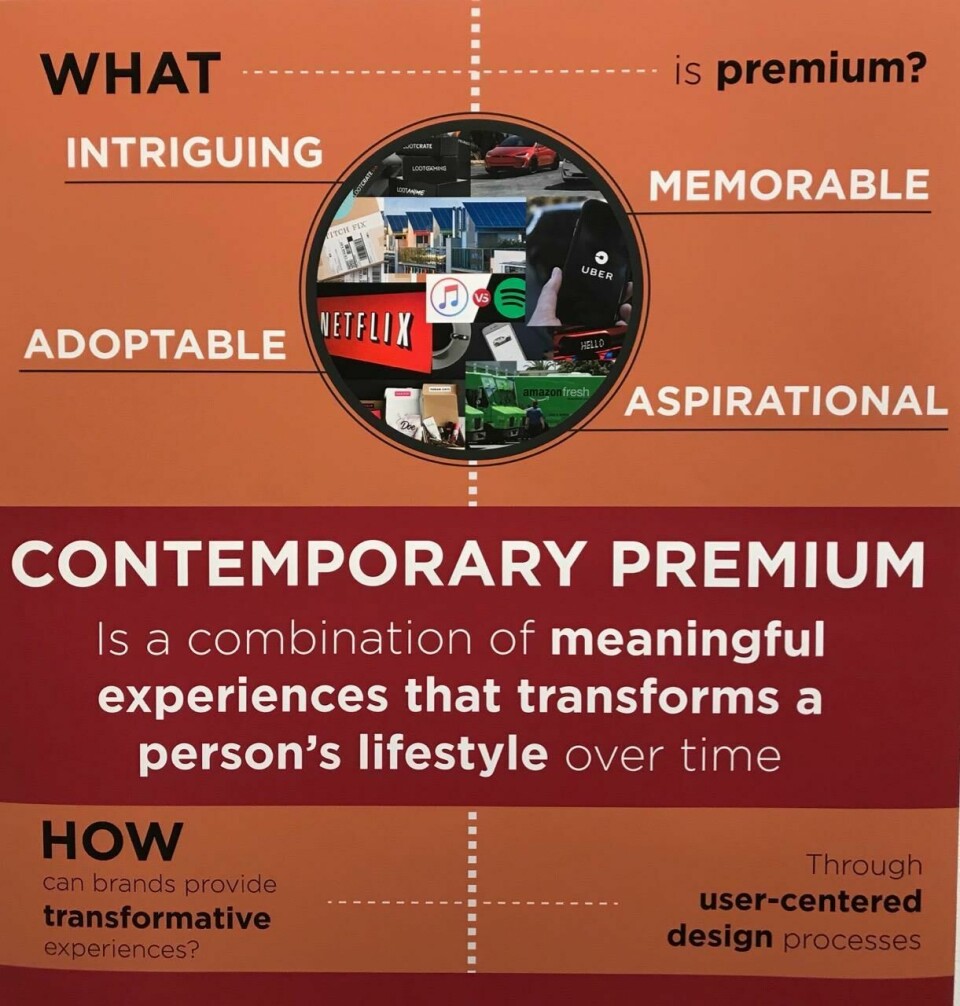ArtCenter Degree Show, Summer 2019
The ArtCenter students presented ideas ranging from a utilitiarian trike to an ultra-luxe yacht concept.
We recently made our thrice-yearly trip over to the ArtCenter transportation graduate show.
Although smaller than the Autumn or Spring shows, there were some interesting ideas on display. A number of students are investigating the incorporation of A.I. technologies into vehicle schemes in coming decades. Others were looking at different forms of transportation, from an e-Trike for the Philippines to an ultra-exclusive yacht for Wally. Here are descriptions of the projects and photo galleries:
Undergraduate Studies
Likaiqing Cathy Huang
Audi AI:US
Huang’s project is an Audi crossover/SUV for the year 2030. Level 4 autonomy is proposed, and this project explores the challenges and possibilities of interior arrangements given the dual-mode Level 4 system. The SUV is utility oriented and intended for personal ownership and customisation. Daily use and long-distance travel are assumed. The interior is tuned with modular and movable components to allow different seating options for various travel scenarios.
Andrew Zhou
Waymo Simo
Zhou proposes a large, blocky monovolume vehicle for the 2040s that is not only autonomous but incorporates a virtual reality system to enhance the experience of travel. Zhou imagines that people will be more amenable to VR chip implants, which will eliminate the need for headphones and controllers and open all sorts of possibilities for enhanced living and travel. The Simo will be a part of that ecosystem.
The car (if you still consider it one) can be reconfigured in multiple ways, for a range of different passenger scenarios. A dock in the roof can receive drones with packages, while there are separate compartments for luggage.
Tristan Martin
Wally Yacht
Martin’s thesis project is a yacht for Wally Yachts. The characteristic Wally aesthetic is maintained, although the colour is not black but a sort of ghostly grey. The yacht is designed on a palatial scale with capacity for 14 passengers and 12 crew. A pool and broad decks complement the ultra-luxe interior.
Jared Williams
Lexus GS
Williams’ project proposes a Lexus midsize sports sedan for the year 2035, a reboot of its popular GS series. Williams did a design analysis of previous generations (both exterior and interior) of the GS extending back to 1991. He then designed a number of aspects – general cabin layout, seat design and exterior design – to arrive at an evolution of the car and the brand for the 2030s and beyond.
AJ Ayson
Yamaha Trike
Ayson’s project is an e-trike for Manila and other Philippine cities, where traffic is a nightmare and the government is encouraging the development of efficient trikes and other tuk-tuk-like vehicles. Already there is a cottage industry in cities across the country to create sidecars and other appendages that increase the utility of scooters and small motorcycles. Ayson’s proposal is a trike from Yamaha that can be mated to a rickshaw-like shell for passengers or cargo. The e-trike could be a family car, a family work truck or both, and could provide an important bridge between bicycles or mopeds and entry-level cars for the country’s rising middle class.
Jack Junseok Lee
Honda Niko
Lee’s thesis is called the Honda Niko, a proposed artificially intelligent car for the year 2040 that is both transportation and a friend. The Niko consists of three AI-informed devices: one’s personal smartphone, a robot companion and the Niko car itself. The robot docks into the car between the two passengers. The Niko is very compact at only 2600mm long. Package drawings by Lee show a comparison to the current Fiat 500 which looks huge in comparison. Unique spherical wheel/motor combinations allow for excellent manoeuvrability.
Lee is also a toy designer, so the whole package has a toy-like aesthetic, and a friendly personality, encouraging community with other Niko cars.
Aki Inoue
Pininfarina PXC
Inoue’s project is a hypercar that combines the luxury and approximate size of an executive-class sedan with the shape and performance of a hypercar. Low, long and wide, the car can be driven in challenging and fun driving situations, and then set to drive itself autonomously in cruising situations or heavy traffic. A great vaulting roof assures a roomy luxurious cabin and sleek exterior shape.
Nuhu Nuhu-Koko
Infiniti QX55 Inspiration
Nuhu-Koko projects the next generation Infiniti QX50 series for the year 2025. He envisions a longer, more spacious SUV than the current generation. It would be electrically powered. A new sportier, youthful design language sets the tone for other Infiniti platforms to follow.
Graduate Studies
Pranav Nair
Nair’s Graduate thesis centres on creating a premium lifestyle brand in a future era of autonomous cars. Centred on artificial intelligence and superior user experience, the brand and user learn and grow together. The scenario Nair envisions centres around cars but involves mobile services of various sorts. Shared mobility is assumed, with cars as platforms both for transportation and services. Establishing the conceptual groundwork for this type of system is at the heart of Nair’s thesis.
